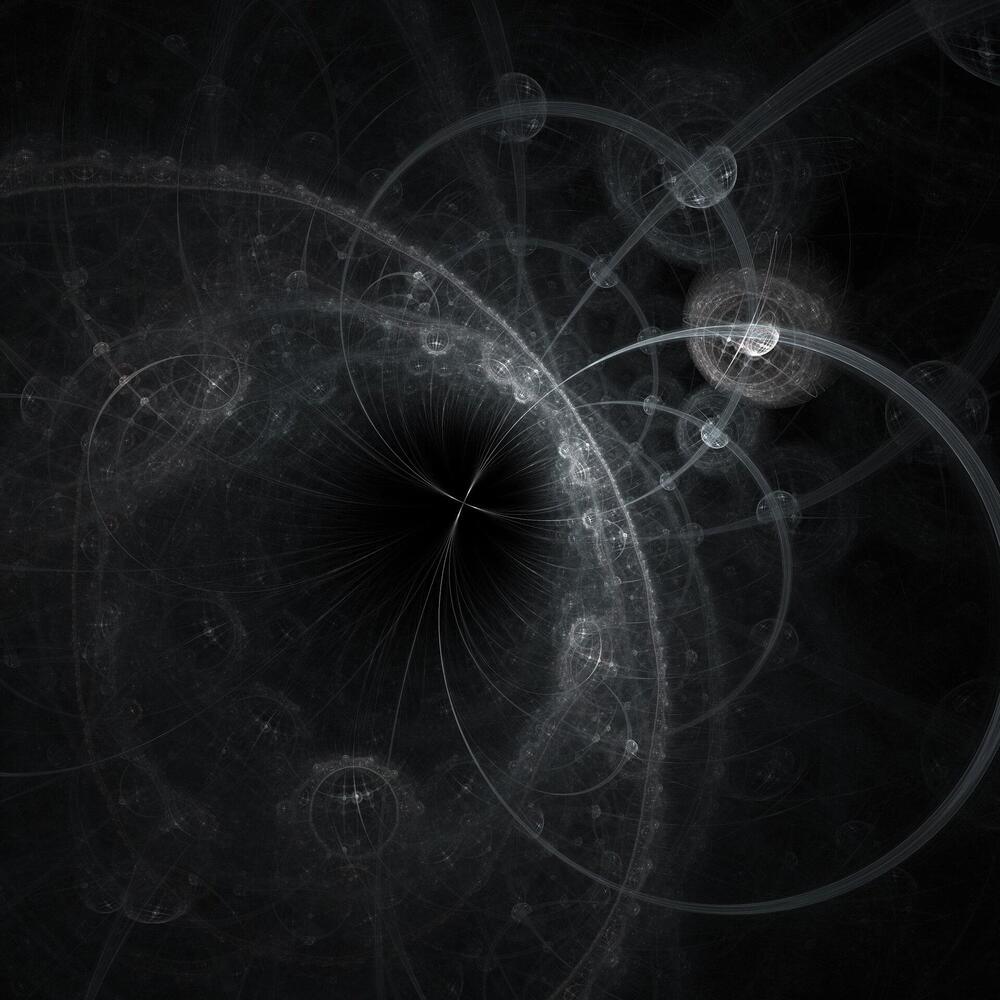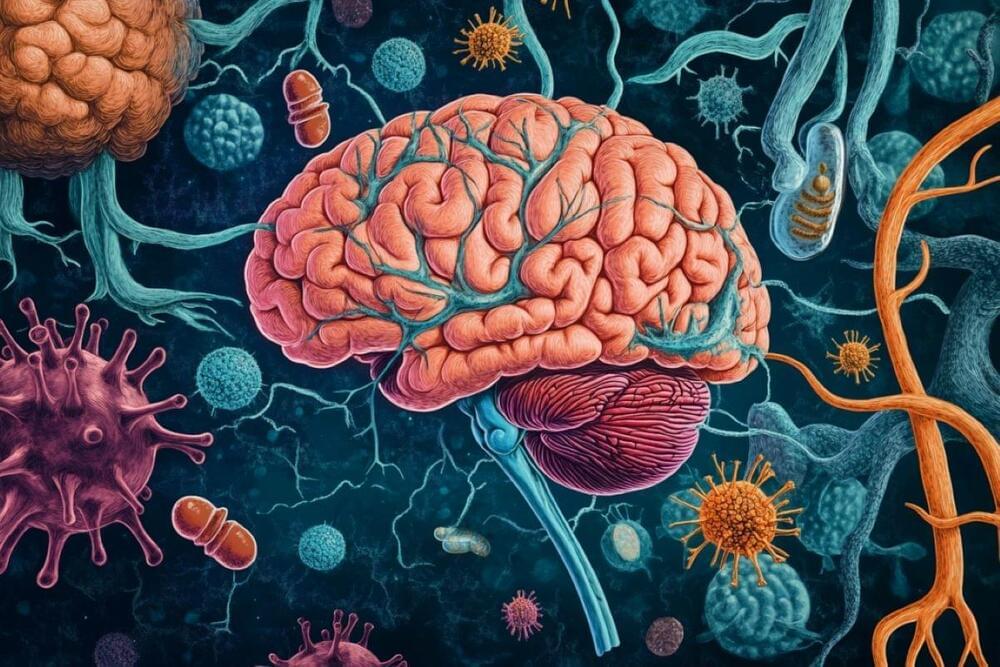Neutrinos fill the whole universe, with about 10 million of them per cubic foot, and most of them zip straight through Earth, and through particle detectors, without leaving a trace. Because they almost never interact with matter, only massive and sophisticated experiments can catch and measure the properties of neutrinos.
The subatomic particles called neutrinos are among the most elusive in the particle kingdom. Scientists have built detectors underground, underwater, and at the South Pole to measure these ghostly particles that come from the sun, from supernovae and from many other celestial objects.
In addition to measuring neutrinos from the sky, physicists on Earth use powerful accelerators to produce neutrino beams containing billions of neutrinos, of which a tiny fraction can be measured by detectors placed in the beam line. At Fermilab, the DONUT accelerator-based neutrino experiment led in 2000 to the discovery of the tau neutrino, the third of the three known types of neutrinos.







